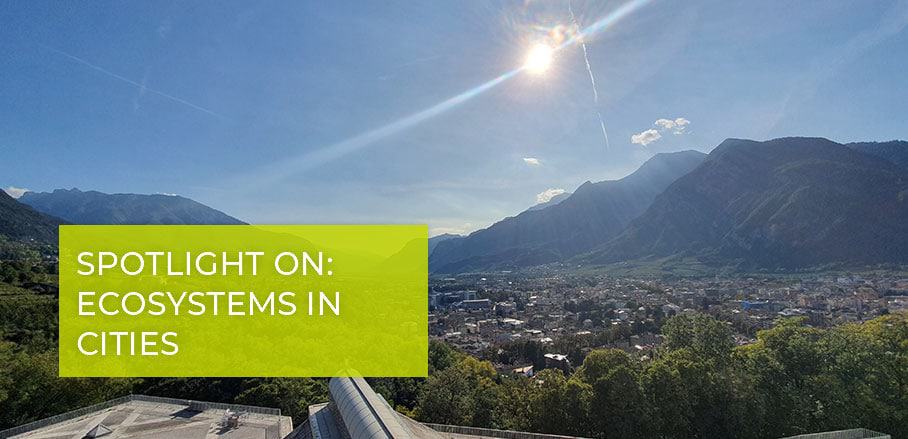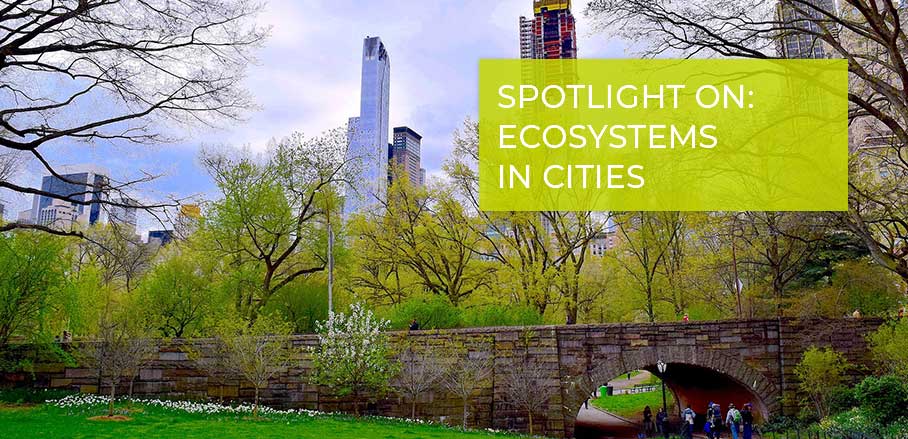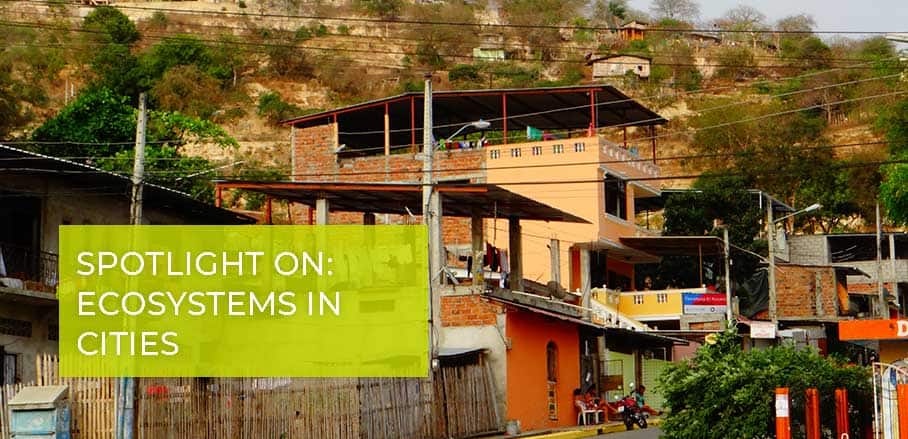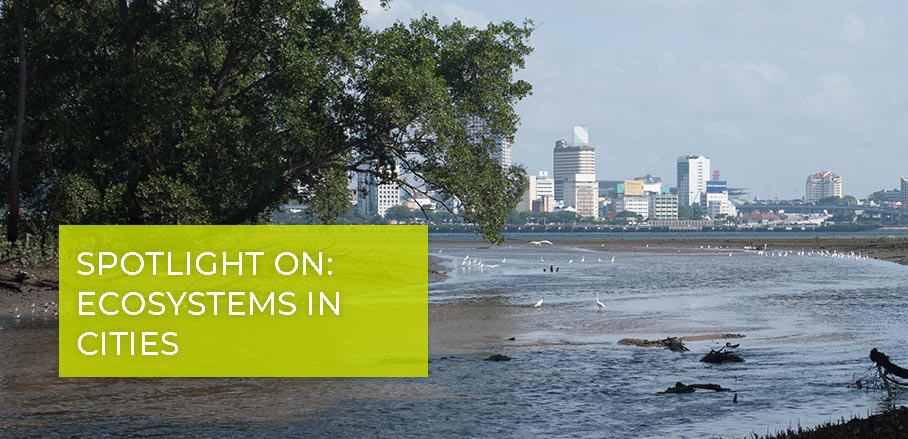Landscape Porosity: Why we need Water-Based Urbanism
Creating urban spaces that allow for the free flow and penetration of water and wind is essential to the survival of water-based cities like Bangkok. “Landscape porosity” can help us better understand and defend these urban ecosystems in times of climate change, says Kotchakorn Voraakhom.








